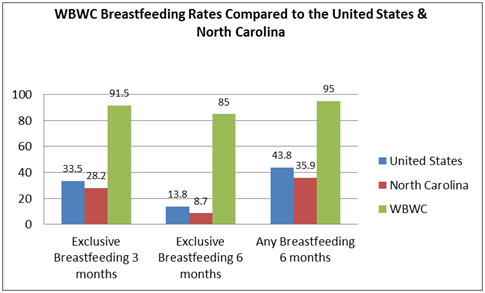“We’re Havin’ a Heat Wave…”
By Allison Koch, CNM …And pregnant ladies are especially at risk to get dehydrated in a heat wave! Being well-hydrated can increase your comfort, improve the body’s ability to nourish itself, prevent preterm labor, and help avoid unnecessary inductions for oligohydramnios (low amniotic fluid). So how do you know when your hydration is adequate? First, be sure you are drinking AT LEAST 64 ounces of water daily. In the third trimester increase it by 8-16 ounces, to 80 ounces daily. If you don’t really like water, try electrolyte or vitamin waters. Popsicles count, too! (They are frozen water with a little flavor and color!) Second, your urine should be clear and colorless. You may pee frequently at first, but as your body gets better hydrated, you will adjust to the increased fluid intake. Eat foods that help to hydrate you – watermelon, cantaloupe, cucumber, summer squash, and greens are all high in water. Those foods also can have a diuretic effect on you and decrease swelling in hands and feet. Try getting in a pool for awhile. Your skin will absorb water and the osmotic pressure makes your kidneys get rid of excess extracellular fluid (the kind that collects in your extremities). A good rule for yourself: Fill two 1-quart bottles with water every morning. The first one has to be gone by lunch and the second one has to be gone by dinner. Here’s Why… The number one cause of preterm labor is dehydration. The pregnant body is required to make 1.5 times its normal blood volume just to support the pregnancy. Approximately 2 liters wash over and through the placenta every hour in order to nourish the baby and carry away the baby’s waste, which is excreted through the mother’s kidneys. When you become dehydrated from not taking in enough fluids, it creates a stressful environment for the baby. Hormone levels begin to rise, leading to an increase in Braxton Hicks contractions. The more Braxton Hicks contractions, the more prostaglandins are released, which leads to even more contractions. Sometimes, the stress is great enough to put the mother into true labor. If it goes on long enough, the cervix begins to change, and we are unable to stop the labor. Those contractions from dehydration can lead to a hospital transfer because of the risk of a preterm birth. You can end up with an IV and medications you … Read More







